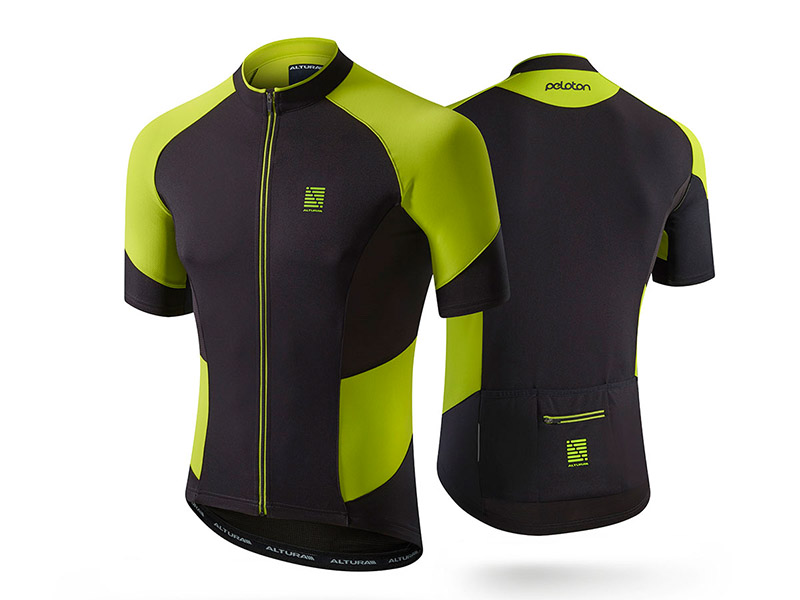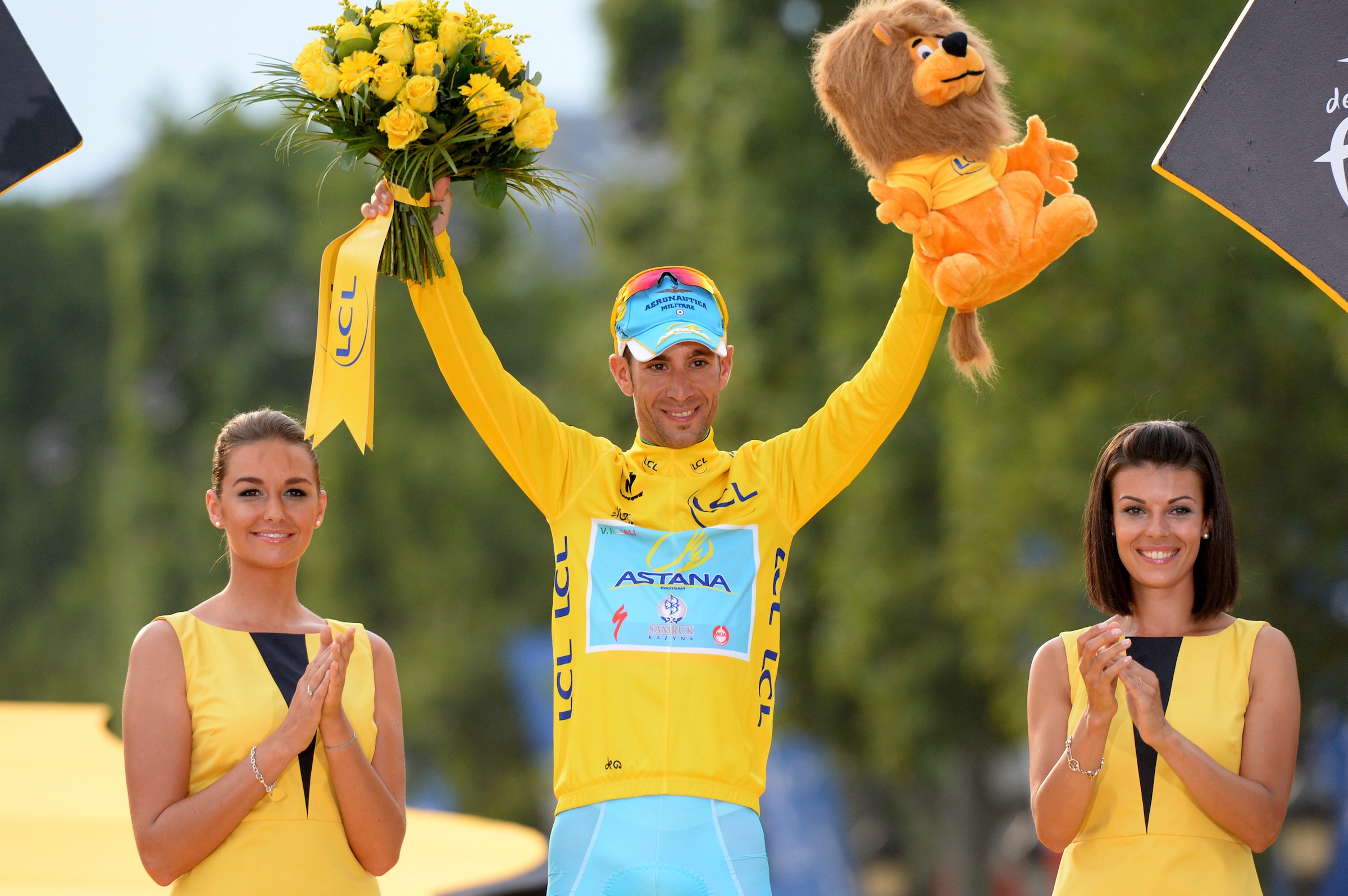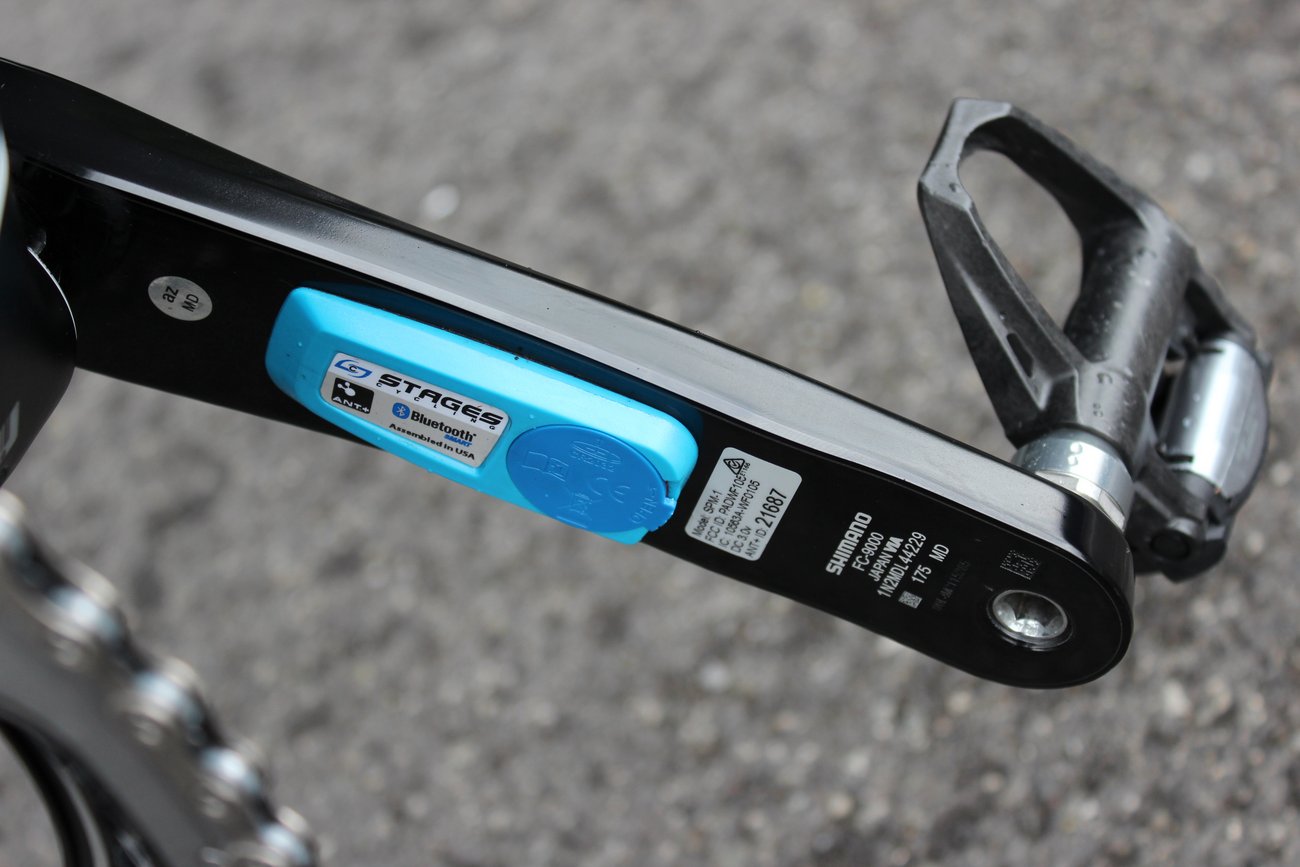Pacing
-

Sir Bradley Wiggins has the physiological attributes to the break the hour record (Pic: Huw Evans Picture Agency)
-

Pacing is absolutely vital to a successful attempt, says Boardman (Pic: Simon Wilkinson/SWpix.com)
-
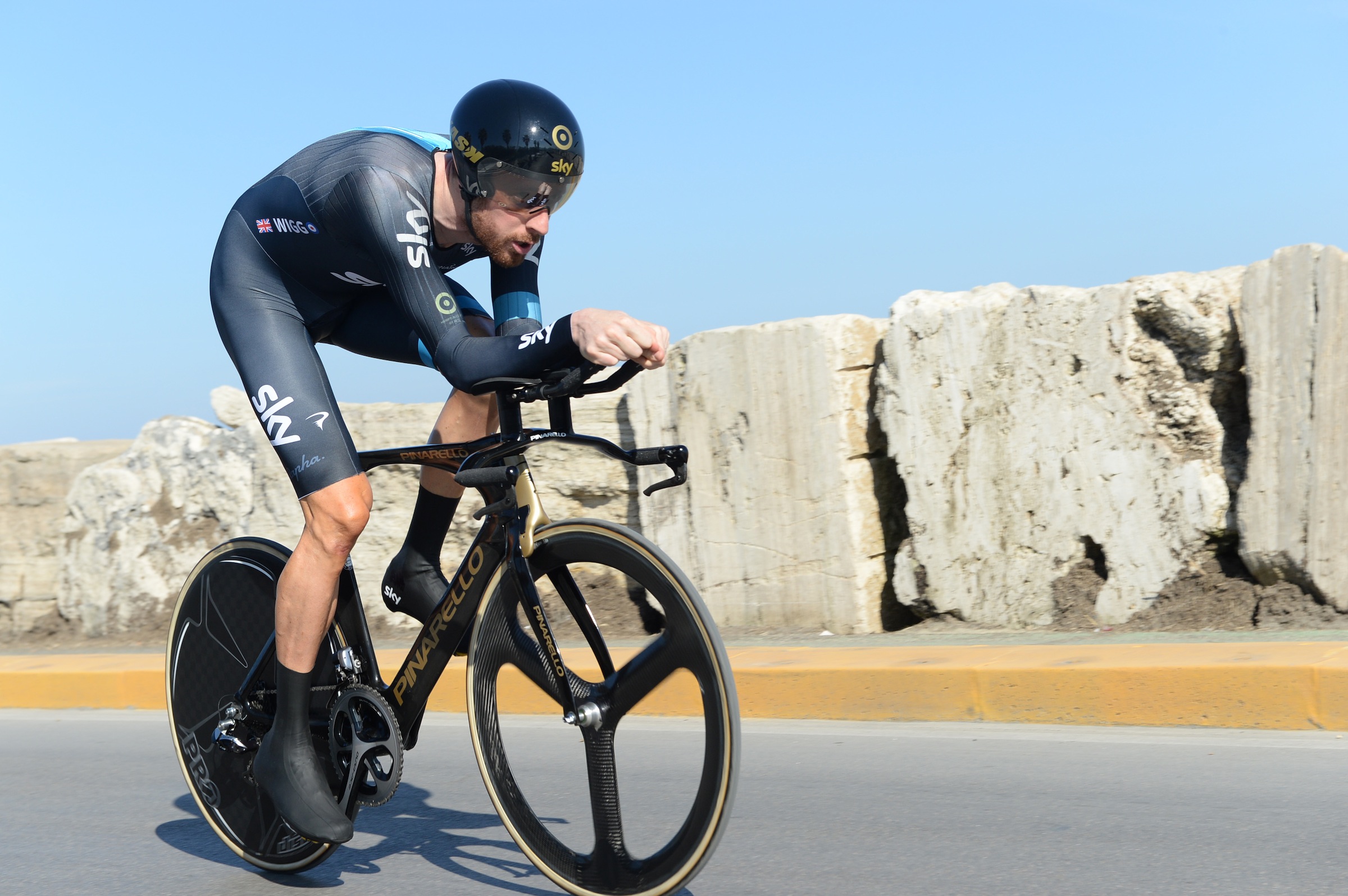
Aerodynamics plays a key role when riding against the clock (Pic: Sirotti)
-
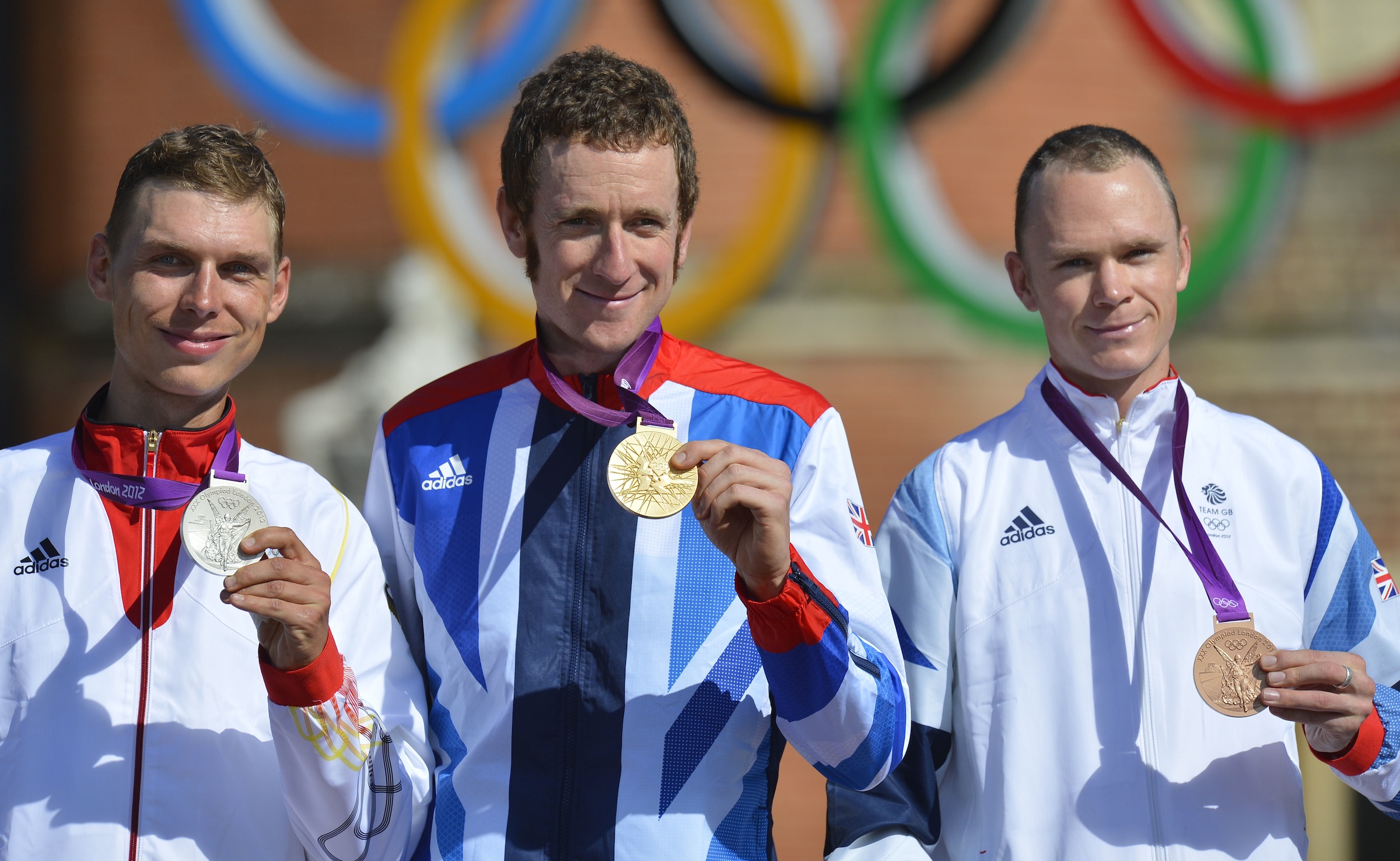
Wiggins' hour record attempt will be one of the last major milestones in the 35-year-old's career (Pic: Sirotti)
Pacing
Pacing is absolutely crucial to the hour record and you’re balancing on such a fine line. It’s like driving a boat with a hole in it and you’re trying to bail the water out. The faster you go, the faster the water is coming in, and if you don’t keep up with bailing it out then you’re just going to sink.
The trouble with the hour record is that you don’t get to stop to bail the water out, or flush the lactic acid from your legs, because the clock is ticking. There’s no recovery and it’s such a fine line between what’s sustainable and what’s not. If you go over the line then that lactic acid stays with you, so you need to go as close to that line as you dare, and the only way you can do that is not through science, but feel. You are the best sensor that you’ve got, and you’ve got to sense where that line is.
The only way you can judge that is by doing it a lot in training so you become attuned to the signals. Both Alex Dowsett and Bradley Wiggins are well-qualified in the discipline and are probably among the best riders on the planet at pacing. Even Tony Martin’s isn’t necessarily as ideal a candidate for the hour record. He’s a very, very strong guy, which is why he wins time trials, but Bradley and Alex understand the specific demands of this event.
You may get pacing information at the side of the track, but that information is always at least half-a-lap out of date – it’s telling you what you’ve already done – so all that should act as is a comfort blanket by confirming all that you already know. Pace judgement is key because your engine size is effectively shrinking as you go through the hour.
Your muscle fibres are breaking down, your glycogen supplies are running out, but your power demand to go at the same speed is constant, so while it’s a linear speed, it’s an increasing effort required to maintain it. It’s not as simple as people think, you have to take into account that the effort will get harder and harder and harder to stay at the same pace. To get those two curves to align is done on feel.
It’s always a constant assessment of, ‘how hard am I trying, how far do I have to go, and is this sustainable?’ If the answer to the latter is ‘yes’ then you’re not going hard enough, if the answer is ‘no’ then it’s already too late, so the answer you’re looking for is ‘maybe’. Always maybe. That’s the hard part of it and the bit which means the hour record isn’t just a physiological exercise.



